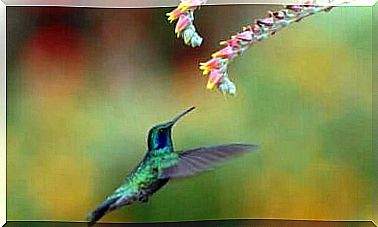5 Exotic Invasive Animals In Spain
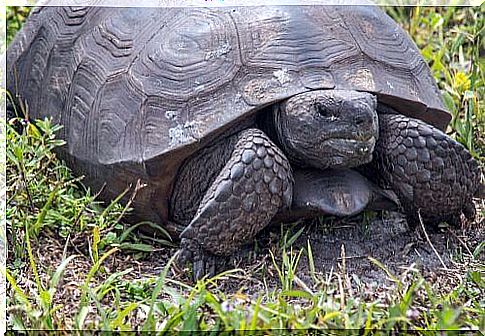
Each ecosystem is a perfect set, with all the needs covered and the necessary adjustments to adapt to the conditions of the environment. Therefore, when an external agent arrives, he modifies this balance. Invasive exotic animals in Spain, as elsewhere in the world, cause biodiversity problems.
What exotic invasive animals are there in Spain?
Invading exotic animals did not, in most cases, arrive by their own means. It was the humans who took them to a different place than they were used to.
And, of course, their first reaction was to survive on what they had available. The bad news is that, because of this, many native species have disappeared or have had serious problems with feeding, reproduction or fleeing from predators.
Among the invasive alien species in Spain, there are reptiles, birds, insects, mammals and even plants.
Some were even chosen as pets and then abandoned in a new habitat, managing to survive with great difficulty. Among them, we find:
-
Florida turtle
This reptile is native to the southeastern United States, where it digs burrows that serve as a refuge for other animals.
This behavior was maintained by the specimens that arrived in Europe, but with the opposite effect: many species can hide from natural predators, which are increasingly having problems finding food.
The Florida turtle – the photo that opens this article – can weigh around 14 kilos and measure 40 centimeters. Its carapace is dark brown, with gray tones, to camouflage itself with the environment. It feeds on plants, vegetables and mushrooms.
-
Argentinian cockatiel
It is one of the most widespread invasive exotic animals in the world. Its natural habitat is not only Argentina, but also inhabits other countries in South America, such as Brazil, Bolivia, Paraguay and Uruguay.
The illegal hunting and sale of this bird took it to latitudes as far away as Spain, Italy and France.
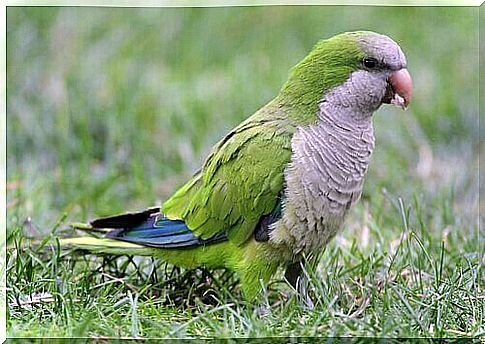
The Argentinian Monk Parakeet has a bright green plumage with a light gray belly and a long tail ending in a point.
It is a very intelligent animal, groups together in “families” and forms their nests as high as possible in the branches of trees. It feeds on thistle, sorghum, corn and rice seeds.
-
Asian Wasp
This insect originally from China is quite aggressive with its “relatives” ants and bees, which it includes in its diet.
It is easily distinguished from other wasps due to its black chest with yellow stripes, as well as its legs, stinger and face.
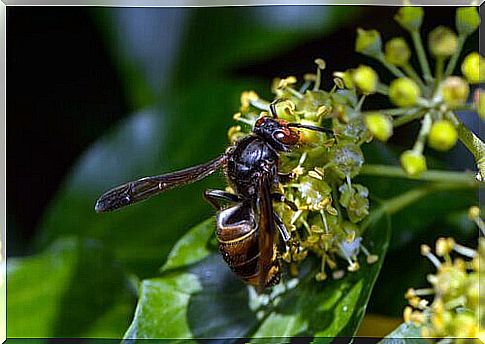
The Asian wasp is one of the exotic invasive animals that have arrived in Spain and that is considered harmful to the ecosystem. This is because it has become a threat to certain native insects.
-
american mink
It is similar in appearance to the European Mink, which inhabits from the north of the Iberian Peninsula to the Ural Mountains, but with a darker color.
The introduction of the invasive species is the cause – among others – for the native specimen to be in critical danger of extinction.
This is because he can develop a virus that can be transmitted to the entire mustelid family to which they both belong.
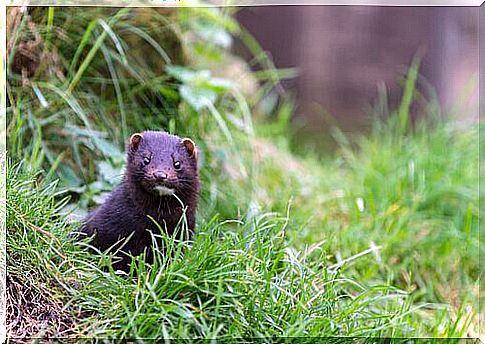
Mink is native to the United States and Canada, mainly to the tundra.
After being exported to farms and forests, it is currently an invasive species not only in Spain, but also in the UK, France, Scandinavia, Russia and China.
-
Sap-wood
Among the exotic animals invading Spain, there are also fish. One of the best known cases is that of this representative of the cyprinid family.
Although it is native to the streams and rivers of Europe (specifically from temperate zones), its arrival in the Iberian Peninsula has been illegal and a major problem.
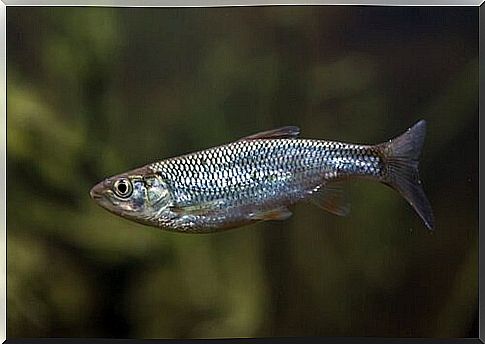
The sapwood feeds on worms, molluscs and small crustaceans; that is, the same diet other native fish have.
This species, introduced to eliminate predators, is wreaking havoc on the ichthyofauna in several Spanish lakes.

